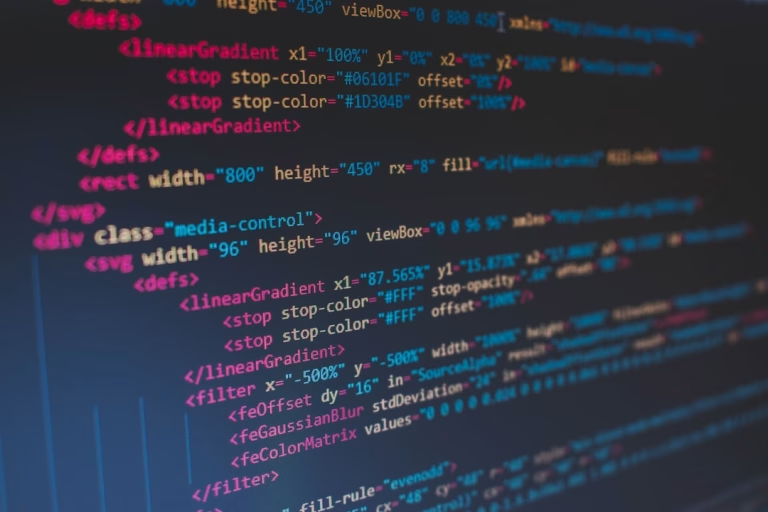Basics of HTML and CSS for New Programmers
Introduction
Welcome to the world of programming! If you’re a beginner or simply want to reinforce your knowledge of HTML and CSS, this blog post is just perfect. We’re going to cover the basics of these two programming language dialects, so strap in for an interesting journey.
Understanding HTML
HTML, or HyperText Markup Language, is the basic structure of web design. It uses tags and attributes to define the structure and layout of a webpage. Tags label pieces of content such as heading, paragraph, and table to describe what the content represents on the page.
Key Points of HTML
- HTML files are text files saved with an .html extension.
- HTML elements are defined by tags. These tags include <html>, <head>, <title>, <body>, <p> for paragraphs, <h1> to <h6> for headings, <div>, <span>, and many more.
- Tags are often paired. For example, if you use the <p> tag to start a paragraph, you will use </p> to end it.
- Attributes are used within the tags to provide additional details about an HTML element. They often come in name/value pairs like: name=”value”.
Understanding CSS
CSS, or Cascading Style Sheets, is the language used to make HTML elements look more attractive. While HTML gives the structure, CSS deals with the layout, colors, fonts and everything that involves the visual aspect of the webpage.
Key Points of CSS
- CSS files are saved with a .css extension.
- CSS can be written in HTML documents in three ways – Inline, Internal (Embedded), External.
- It operates on a principle known as the ‘cascade’. This means that in the case of conflicting style rules, the rule declared later will take precedence.
- A typical CSS declaration consists of a selector and a declaration block enclosing property-value pairs. For Example: p { color: #333; }
Learning HTML and CSS Together
Learning HTML and CSS goes hand-in-hand because they function best when used together. HTML sets the foundation of the webpage while CSS enhances it by adding color, changing fonts, adjusting layout, and more. Nowadays, it’s hard to imagine one without the other as they combine to create the visually engaging internet we know and love.
Conclusion
HTML and CSS are indispensable tools in the world of web development. While mastering them might seem daunting at first, with consistent practice and exposure, you’re sure to get there. Trust the process and enjoy the journey!






